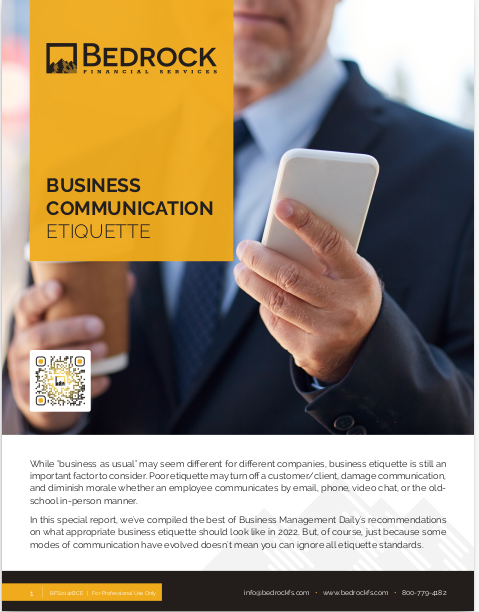Key Takeaways
-
Video testimonials outperform written testimonials in credibility, emotional resonance, and engagement—especially in 2025, where video is the dominant form of content consumption.
-
As an independent insurance agent, switching to video can dramatically increase trust and conversions, but you need to be intentional about how and when you ask for them.
Why Your Clients Trust Faces Over Words
You’ve probably felt it yourself: a client sends a glowing written review, and while it’s appreciated, it doesn’t quite move you. Contrast that with a 60-second video where a real person says, “Here’s how this changed my life,” and suddenly, you’re paying attention. That’s not just a gut feeling—it’s behavioral psychology, user engagement trends, and marketing strategy rolled into one.
In today’s digital climate, people crave authenticity. Video captures tone, pauses, expressions, and body language—elements you simply can’t replicate in a typed paragraph. This is exactly why video testimonials feel believable while written ones often feel filtered, generic, or even fabricated.
What Video Does That Writing Can’t
Emotional Expression
Written testimonials are limited by language. Even the most heartfelt sentences can feel dry when stripped of vocal tone and facial cues. Video testimonials let viewers hear the tremble in someone’s voice or see their eyes light up as they talk about working with you. Those human nuances are what forge connection.
Speed of Trust
A well-produced testimonial video builds trust faster than any blog or review page. That’s because your audience doesn’t just read—they watch someone else have a genuine experience. In an age where attention spans average 8–12 seconds, you don’t have time to build credibility slowly.
Unfiltered Realism
Video feels raw, real, and unrehearsed. Even if the speaker prepped their message, the mere format suggests authenticity. The camera catches imperfections—pauses, stumbles, smiles—and those imperfections build trust. In contrast, polished written testimonials often seem too clean to be true.
SEO and Social Power
In 2025, search engines reward video content. Embedding short testimonial videos on your site increases dwell time, improves SEO, and gets higher engagement on social media compared to written reviews. And short-form platforms like Instagram Reels and TikTok make it easy to repurpose clips from one strong client video across multiple channels.
The Problem With Written Testimonials in 2025
Let’s be clear: written testimonials aren’t worthless. They still have a role in your strategy. But they face several limitations that are especially glaring in 2025.
-
Overexposure: Every website has them. They’ve become background noise.
-
Generic Phrasing: Most written reviews use the same language: “great service,” “helped me a lot,” or “very professional.”
-
Lack of Personality: Without a face, tone, or unique story, written testimonials rarely stir emotion.
-
Assumed Artificiality: Consumers are increasingly skeptical, often assuming written reviews are cherry-picked or fabricated.
If you’re still relying solely on text, you’re working uphill against a skeptical audience that has seen it all before.
Why Clients Are More Willing to Record Video Than You Think
One common hesitation agents have is the belief that clients won’t be comfortable on video. But in 2025, nearly everyone has a camera in their pocket—and they’re used to being on it.
People record TikToks, video messages, and FaceTime calls daily. The idea that clients won’t record a short video if they’ve had a positive experience is outdated. The key is asking the right way.
-
Timing matters: Ask for the video when the client is happiest—often right after a successful claim, renewal, or onboarding experience.
-
Make it easy: Offer a script or 3-prompt format. Let them record it on their phone.
-
Be specific: Instead of “Can you leave a testimonial?” try “Would you be open to recording a 30-second video sharing what it was like getting coverage with me?”
When you remove friction and make the ask feel natural, more people say yes than you expect.
How to Use Video Testimonials Strategically
Getting the video is only half the story. The other half is knowing what to do with it. Here’s how to get the most out of every clip:
1. Feature It on Your Website
Place video testimonials near calls to action—quote request buttons, appointment forms, or plan comparison tools. They act as a psychological nudge, validating the visitor’s interest right when they’re about to act.
2. Embed in Email Campaigns
When you send onboarding emails, renewal reminders, or prospect nurturing sequences, include a client video. It humanizes your outreach and sets you apart from other agents sending templated text.
3. Post on Social Media (With Captions)
Captioning is essential—85% of videos on social media are watched without sound. Add bold, punchy text that captures the main quote or client name. Post it across platforms to build recognition and shareability.
4. Use in Webinars and Workshops
If you host educational webinars or in-person community events, play short clips as part of your presentation. Real voices build your credibility far better than your own slide deck.
5. Retarget With Them in Ads
Create short 15-second testimonial reels and use them in your retargeting ads. When someone visits your site but doesn’t convert, seeing a happy client’s face in their feed can bring them back.
What Makes a Video Testimonial Great
Not all testimonial videos are created equal. To make sure yours work as hard as they can, look for the following qualities:
-
A specific result: Vague praise is forgettable. Let the client say what changed—”I got coverage in 24 hours” or “I saved $300 annually.”
-
Short and to the point: 30 to 60 seconds is ideal. Trim the fluff.
-
Good lighting and audio: Doesn’t have to be Hollywood—but don’t let poor quality ruin a good message.
-
Authentic delivery: It’s okay if they stumble or pause. That’s what makes it believable.
Encourage clients to speak in their own words, even if it’s not perfect. Their realness is the secret sauce.
Are Written Testimonials Dead?
No—but they need support.
Use them to reinforce your video strategy, not replace it. For example:
-
Add short written quotes beneath videos as social proof.
-
Include them in long-form case studies.
-
Use them as snippets in printed materials.
In short, written reviews still belong in your marketing mix. Just don’t rely on them to carry the emotional weight of your client stories.
You Already Have Everything You Need to Start
The truth is, you don’t need a production crew. You don’t need fancy equipment. You need your phone, one satisfied client, and 60 seconds of unscripted praise.
Start with one video this month. Post it. Measure how your audience responds. Then build from there. As an independent insurance agent, you have something no faceless company can offer: personal connection. Video helps you scale that connection without losing the magic.
Make Your Testimonials Work as Hard as You Do
If your written testimonials aren’t converting, it’s not that you don’t have great clients—it’s that you’re not showing them the right way. In 2025, real faces win over real words.
That’s where we come in.
At Bedrock Financial Services, we help agents like you get more from every testimonial. From automation tools to training support, we make it easier to gather, edit, and deploy video testimonials that feel real—and get results. Sign up today and see how we can help you grow with authentic proof that works.







